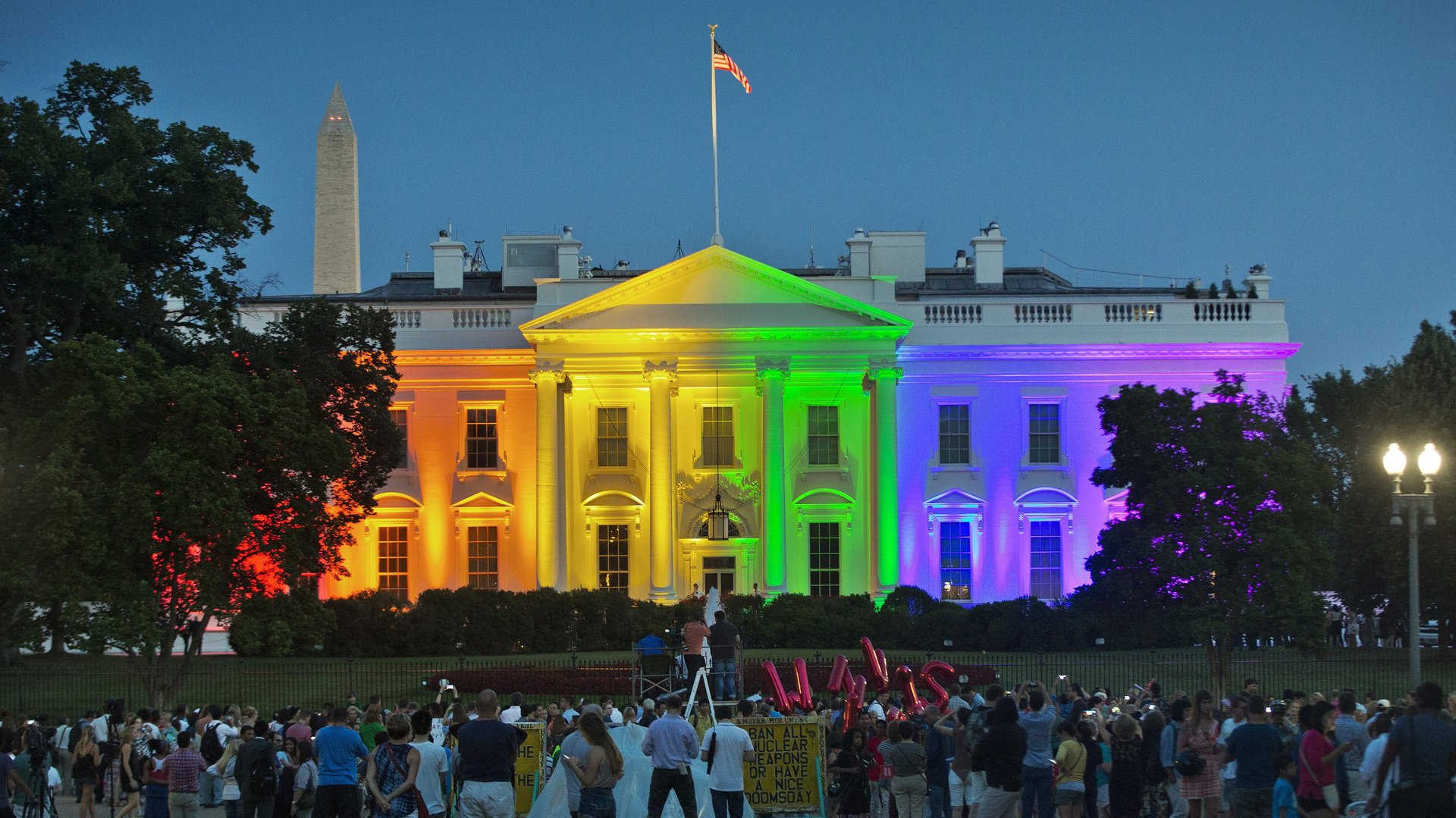Why Americans have become much more liberal about same-sex marriage, but not abortion
With cities across America fresh off Pride celebrations, the US Supreme Court has announced it will rule on a dispute between religious rights and LGBT equality: Did Jack Phillips, baker from Denver, Colorado, break the law against discrimination by refusing to bake a wedding cake for a gay couple because of his religious beliefs?


With cities across America fresh off Pride celebrations, the US Supreme Court has announced it will rule on a dispute between religious rights and LGBT equality: Did Jack Phillips, baker from Denver, Colorado, break the law against discrimination by refusing to bake a wedding cake for a gay couple because of his religious beliefs?
Lower courts have decided that he did, and while there have been similar cases in the past, his will be the first appeal to come to the US’s highest court. With the newly-appointed Neil Gorsuch on the bench, whose first decisions have shown him to be extremely conservative, this could set an important precedent in the conflict between equality and religious freedom.
A win for Phillips would also be a step back in the otherwise stunning advance of the LGBT cause in the US, and not just at the legal level: In only 10 years, according to newly released data from the Pew Research Center, the attitude of Americans towards gay marriage has flipped, going from 35% approval in 2001 to 62% in 2017.
The trend has been across all age groups: Even in the so-called silent generation (born between 1928 and 1945) approval has nearly doubled, from 21% in 2001 to 41% in 2016. It’s also gone up regardless of religious or political affiliation, and race. Even amongst supporters of the Republican party, which, from the mid-1970s on has aligned itself with the Christian right, approval for gay marriage went up from 21% in 2001 to 40% in 2017.
But while the pro-LGBT message has gained support, that’s not the case for abortion. Though a majority of Americans (56%) still think it should be legal in all or most cases, that percentage has gone down from 60% in 1995, and has been even lower for some of the intervening period.
This isn’t just in the US. As homosexuality has become more accepted, examples such as Ireland—where same-sex marriage was legalized in 2015 while abortion remains largely illegal—show it can be easier to embrace LGBT rights than reproductive ones.
So why has a liberalization of views on same-sex marriage not corresponded to an equal softening on abortion?
“It is a very interesting question that no one has been able to answer fully that I know of” says Sarah Cowan, a New York University sociologist who researches attitudes towards abortion. One reason, she says, is that LGBT people are increasingly visible: The vast majority of Americans say they know someone belonging to a sexual minority. The more people feel directly connected, the more open their attitude, which in turn makes it easier to come out. Relationships are also something that comes up frequently in casual conversation. Ending a pregnancy—though much more frequent than homosexuality—typically does not. Moreover, Cowan notes “the consequences of concealing [abortion] are likely less than those of concealing who you love, whom you’re attracted to, how you spent Saturday night.”
Julia Reticker-Flynn agrees. She directs a campaign, 1 in 3, that borrows from the example of LGBT activism by sharing stories of women who chose to have abortions. Just as, when they think of same-sex marriage, people think of someone they know and love, “when people hear the word ‘abortion’ they [should] think of their moms, friends, siblings,” she explains.
But what worked for same-sex marriage may not work for abortion.
Cowan notes that there’s been a shift in how Americans understand the origin of homosexuality. In the last four decades the proportion who think people are born gay has risen from 13% to 42%, and those who think it is “due to upbringing and environment” have fallen from 56% to 37%, according to Gallup. That reduces both the perception that homosexuality is a choice and that it can be caught from or taught by other gay people, making them seem less threatening.
Abortion is the complete opposite. Choice is at the core of the right to abortion; deciding when and whether to become a mother is, for pro-choice advocates, a fundamental expression of human freedom. And so, for abortion opponents, the blame is fully a woman’s. “I don’t see the rhetoric about abortion in America leaving behind choice and victim,” Cowan says.